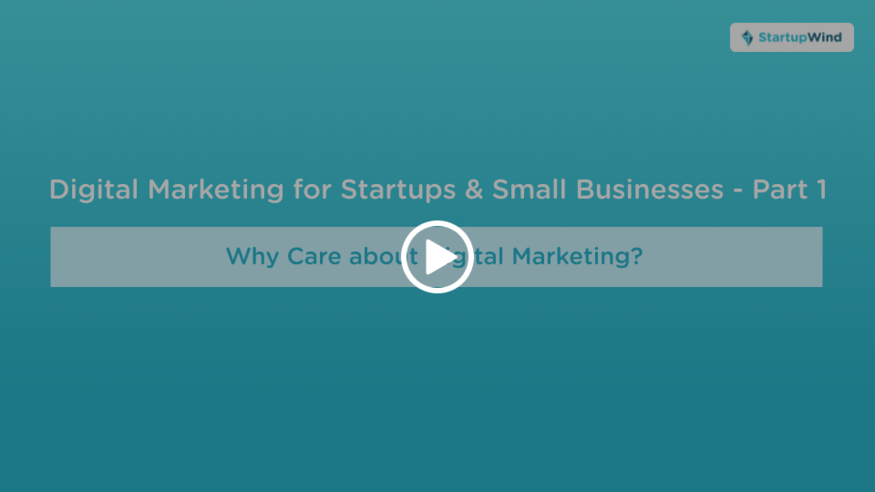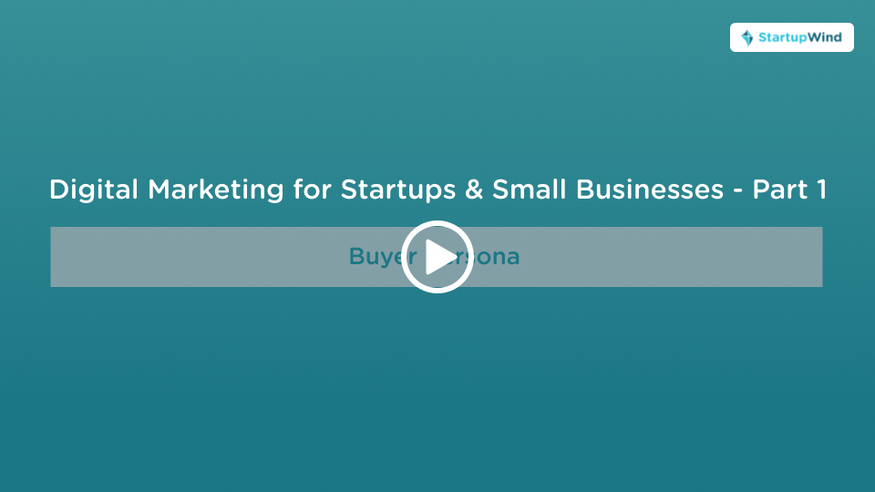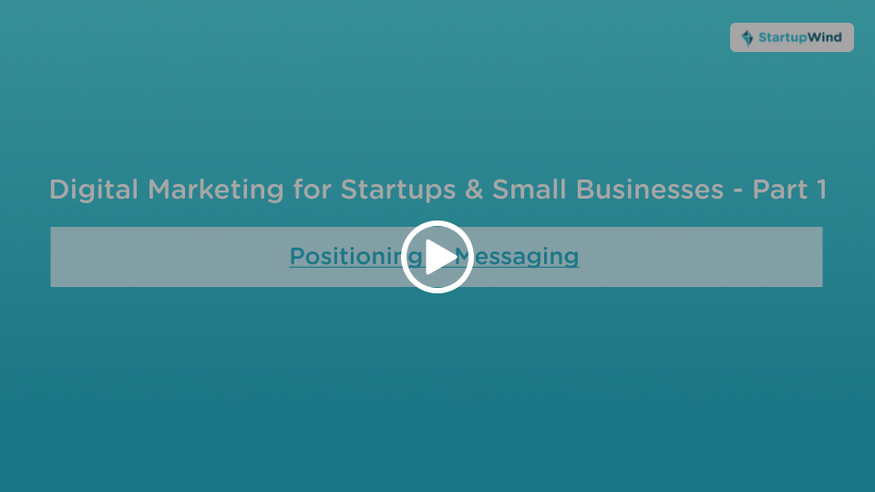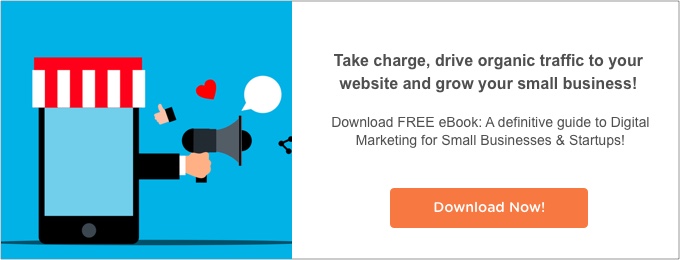On the other hand, average open rate for emails is over 18% and click-to-open ratio is 14%.
Clearly, email still is one of the most effective tactice for online marketing.
3 steps to create compelling email content that drives results
In this section, we will look into three important element of an email that will help you drive higher open rates, and higher click rates to ultimately drive sales.
Subject line: If your subject line is not compelling, your email won't be opened and that's the end of your campaign. Subject lines that are relevant to your recipient and your brand, signals benefits for them, are personalized and short usually lead to good open rates.
We all are emotional beings. You can make the subject lines emotionally compelling by checking its EMV (Emotional Marketing Value) score.
You should be aiming for the EMV score that is greater than 30. Average open rates are between 12 to 25% with 30%+ being realty good.
You can make the subject lines emotionally compelling by checking its EMV (Emotional Marketing Value) score. You should be aiming for the EMV score that is greater than 30. Average open rates are between 12 to 25% with 30%+ being realty good.
Body content: The body of the email should focus on what is relevant to the prospect, what problem you are solving and how they can benefit. A simple email template you can standardize would include:
- What are you offering?
- Why should they care?
- What challenges your offer will solve for the prospects?
- What benefits they would realize?
- Testimonials or proof points from people like them.
Your goal is for the reader to quickly review your email, make their mind and take your offer by clicking on the “Call to Action”.
The body of your email could be in different forms such as text, images, infographics or a video so that there is content variability across different campaigns which helps keeping your subscribers engaged.
Content variability could be in terms of different yet relevant topics. You can use multiple use cases, new product releases, special events, newsletters, and seasonal promotions in your emails.
Call to action: A clear call to action or offer towards the end of the email, typically in the form of a “button” to click, will prompt your prospect to take/click your offer.
Typically a call to action could be download an eBook, read a blog post, register for a webinar, subscribe for your newsletters, purchase your product or request a consultation with your sales team.
Average click-to-open rates are 10-25% while the average click through rate (CTR) is 2-5%. If your click-to-open rate is below 10%, you clearly need better and more engaging content.
Optimal frequency for your email campaigns
The ideal email frequency for most businesses is once per week. If the subscribers are familiar with your business for some time, and if you have compelling content that is time sensitive, then you can occasionally send two emails per week.
If you are just starting out with email, and you are new to the recipients, then you are better off by sending them email once every two weeks, build a brand impression and then get to the weekly cadence.
Sending emails every day or more than 2 times a week would tune the recipients out and also lead to higher number of opt outs.
3 metrices to measure the success of your email campaigns
Your email marketing service provider (such as Mailchimp or Marketo) will provide you metrics that you can track and see what is working and what isn't:
- Open rate: Open rate will tell you what percentage of emails are opened by the prospects. Average open rates are between 10 to 25%. Your email subject line is critical for driving the open rates. If the reader finds your subject line interesting, she will open the email. The more your open rate is, the more successful your email campaign is.
- Click-through rate (CTR): This indicates the percentage of clicks your offers/links within the emails by the reader. If the content body and the offers you are sending in the email are compelling, your CTR will be higher. If you have a good open rate but bad CTR then you need to work on the email body content to make it more compelling.
- Conversion rate: This indicates the percentage of people who actually performed the activity that you were hoping them to do. For example, fill a form, download an eBook, register for a webinar, buy your product, subscribe for your newsletters, or request a consultation. The average conversion rate for emails is 1.22%. If your conversion rate is bad (but CTR and Open rates are good), then you need to fix the content on the landing page where you are presenting the offer or you need to make sure your offer is compelling.
You can learn more about email marketing on our special blog focused on the Email Marketing for small businesses (coming soon).
How you can get off the ground at a relatively low cost?
As a small business owner or a startup with limited budget and time, email provides a cost effective channel for you to market to your existing and prospective customers.
Let's look at BuzzFeed. They have crushed it using email marketing as a tool. They have over 20 newsletters that are designed to target their different set of customers. In fact, email marketing accounts to the top 5 referrers of Buzzfeed's website traffic.
But why Buzzfeed emails work? Why do they compel people to subscribe to them? Here are some points that you will notice whenever you read an email from Buzzfeed:
- They have a very precise subject line and pre-header that describes clearly what is inside the email.
- Their emails always read to a person, and not an audience. When they send an email, they think about the person who they are sending it to and tailor their email content and headline accordingly.
- Inside the email, they have really catchy, honest and compelling body content.
- They use photographs or gifs in almost every email to break the monotony of text.
There are several email marketing tools (Mailchimp or HubSpot) that offer FREE subscriptions for up to 2,000 email contacts and the cost remains fairly reasonable at around $300 per month for up to 10,000 contacts.
In a nutshell, a good subject line, a compelling offer in the email body and a clear call to action coupled with an email marketing tool will get you off the ground for your email marketing initiatives and start showcasing measurable results.
A good subject line, a compelling offer in the email body and a clear call to action coupled with an email marketing tool will get you off the ground.
